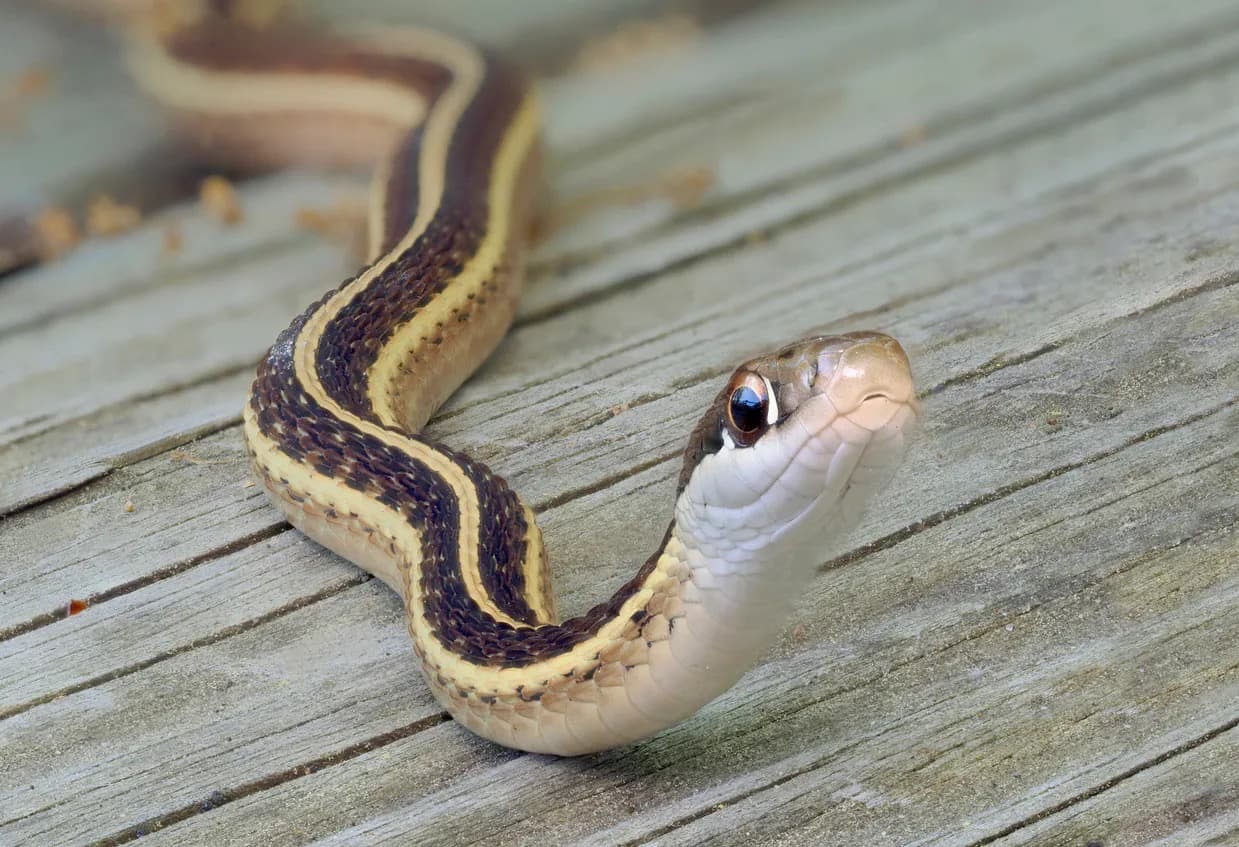

Articles
How To Get Rid Of Snakes In The Attic
Modified: August 26, 2024
Looking for articles on how to get rid of snakes in the attic? Find effective methods and expert tips to keep your attic snake-free.
(Many of the links in this article redirect to a specific reviewed product. Your purchase of these products through affiliate links helps to generate commission for Storables.com, at no extra cost. Learn more)
Introduction
Welcome to this comprehensive guide on how to get rid of snakes in the attic. Discovering snakes in your attic can be a daunting and unsettling experience. While snakes play a vital role in the ecosystem, having them invade your living space is not ideal. These slithering reptiles can be a cause for concern, especially if you have a fear or phobia of snakes, and they pose potential risks to the safety of your family and pets.
In this article, we will explore various signs that may indicate the presence of snakes in your attic, understand snake behavior, and discuss effective prevention measures, as well as techniques for trapping and removing them. Whether you prefer DIY methods or decide to call in professional help, we will provide you with the knowledge and tools you need to tackle this issue.
Snakes are excellent climbers and can easily find their way into your attic through small openings, gaps, or vents. Attics provide a suitable environment for snakes, offering warmth, shelter, and potential food sources. Identifying the presence of snakes in your attic is crucial in order to take prompt action and avoid any potential risks.
Before we delve into the strategies to eliminate snakes from your attic, let’s explore the signs that may indicate their presence.
Key Takeaways:
- Proactive prevention, such as sealing entry points, clearing debris, and removing food sources, is crucial in deterring snakes from your attic and minimizing the risk of infestations.
- When dealing with snakes in the attic, prioritizing safety and seeking professional help for trapping and removal is essential for a humane and effective approach.
Read more: How To Get Rid Of Garden Snakes
Signs of Snakes in the Attic
Identifying the signs of snakes in the attic is vital for effective control and removal. Here are some indicators that can suggest the presence of snakes in your attic:
- Slithering Sounds: If you hear soft slithering or rustling noises coming from your attic, especially during the night, it could be a sign of snakes. These sounds are typically caused by the movement of snakes along the attic floor or walls.
- Shed Snake Skin: Snakes shed their skin periodically, so finding discarded snake skin in your attic is a clear indication that snakes have been present. Snake skin is usually transparent and can be found in various lengths, depending on the size of the snake.
- Droppings: Snake droppings, also known as snake feces or excrement, resemble small, cylindrical pellets. These droppings may be found in corners or along the walls of your attic, indicating the presence of snakes.
- Trails and Tracks: Snakes leave tracks in dusty or sandy areas. Look for sinuous trails or tracks along the attic floor or on any suitable surface. The tracks will typically show a wavy pattern, indicating the snake’s movement.
- Unpleasant Odor: If you notice a foul or musky odor in your attic that you can’t explain, it could be a sign of the presence of snakes. Snakes release a scent, especially during mating season, which can leave a lingering odor in enclosed spaces like attics.
- Nest-like Areas: Snakes prefer to have a secluded, secure area to rest and lay eggs. Check for nests made from leaves, twigs, or other materials in corners, crevices, or insulation in your attic. These nests may indicate the presence of snakes.
It’s important to note that snakes are generally shy and will try to avoid human contact. If you encounter a snake in your attic or suspect their presence, it’s recommended to proceed with caution and take appropriate measures to ensure your safety and the effective removal of the snakes.
Understanding Snake Behavior
Before attempting to get rid of snakes in your attic, it’s helpful to have a basic understanding of snake behavior. Snakes are cold-blooded reptiles that rely on their environment to regulate their body temperature. Attics can provide the warmth and shelter that snakes seek, making them an attractive habitat.
Snakes are generally solitary creatures and prefer to avoid human contact. However, they may enter your attic in search of food or as part of their natural movement and exploration. Understanding snake behavior can help you develop effective strategies to eliminate them from your attic. Here are some key behaviors to consider:
- Nocturnal Activity: Snakes are primarily nocturnal, meaning they are most active during the night. They may seek refuge in your attic during the day and become more active at night when the surroundings are quieter.
- Thermoregulation: Snakes require specific temperature ranges for optimal functioning. Attics are often warmer than the external environment, making them an attractive spot for snakes to thermoregulate and maintain their body temperature.
- Feeding Habits: Snakes are carnivorous and primarily feed on small animals such as rodents, birds, and insects. If your attic has a population of rodents or insects, it can be a food source that attracts snakes. Eliminating their food supply can help reduce the likelihood of snakes lingering in your attic.
- Hiding and Breeding Sites: Snakes require suitable hiding and breeding sites. Attics with clutter, insulation, or debris provide ideal spots for snakes to nest and lay eggs. Clearing out these potential hiding spots can discourage snakes from making your attic their home.
- Escape Routes: Snakes are excellent climbers and can easily access your attic through tree branches, vines, or other exterior structures. Trimming overhanging branches and sealing any potential entry points can limit their ability to enter your attic.
- Seasonal Behavior: Snakes may exhibit different behaviors depending on the season. They may become more active in the spring and summer months when temperatures are warmer and food sources are more abundant. Understanding seasonal behavior patterns can help you anticipate and address snake issues more effectively.
By understanding these behavioral aspects, you can devise a plan to deter or remove snakes from your attic. It’s important to note that snakes are protected in many areas, so it’s essential to follow legal and ethical guidelines when dealing with snakes in your attic.
Prevention Measures
Preventing snakes from entering your attic is the most effective way to avoid dealing with them in the first place. Taking proactive measures to keep snakes out can save you time, effort, and potential stress. Here are some prevention measures you can implement:
- Sealing Entry Points: Inspect your attic thoroughly and seal any openings or gaps that snakes can use to enter. Common entry points include gaps around pipes, vents, windows, or damaged roofing. Use caulk, weatherstripping, or other suitable materials to seal these entry points.
- Clearing Debris and Vegetation: Snakes seek shelter in cluttered and overgrown areas. Keep your yard and the area surrounding your house well-maintained and free from debris, such as piles of wood, leaves, or bricks. Trim vegetation and remove any shrubs or bushes near your attic to reduce potential snake hiding spots.
- Removing Food Sources: One of the main reasons snakes venture into attics is the presence of their prey, such as rodents and insects. Keep your property clean and free from food sources that may attract these creatures. Secure trash cans, eliminate standing water, and keep food storage areas tightly sealed.
- Snake Repellents: There are commercially available snake repellents that can be used to deter snakes from entering your attic. These repellents typically use natural ingredients that emit odors or vibrations that snakes find unpleasant. Follow the product instructions carefully and apply them in areas where snakes are likely to access your attic.
- Regular Inspections: Conduct regular inspections of your attic to identify any signs of snake activity early on. This will allow you to take prompt action and implement necessary preventive measures.
By implementing these prevention measures, you can significantly reduce the chances of snakes making their way into your attic. However, keep in mind that no method is foolproof, and if you do encounter a snake in your attic, it’s important to remain calm and proceed with safe and appropriate removal techniques.
Sealing Entry Points
One of the key preventive measures in keeping snakes out of your attic is to seal entry points effectively. Snakes can enter through even the smallest openings, so it’s crucial to inspect your attic thoroughly and seal any potential entry points. Here’s how you can go about sealing those entry points:
- Inspect the Attic: Begin by conducting a thorough inspection of your attic. Look for any gaps, holes, or cracks in the walls, ceilings, floors, and around pipes, vents, windows, and doors. Pay close attention to areas where different materials meet, as these are common entry points for snakes.
- Seal with Caulk: Use a quality caulk or sealant to fill in smaller gaps or cracks. Apply the caulk carefully, ensuring that you completely fill the openings. Silicone-based or polyurethane caulk is recommended for its durability and flexibility.
- Weatherstripping: Install weatherstripping around windows and doors to create a tight seal. Snakes can often squeeze through small gaps, so it’s important to eliminate any potential points of entry.
- Mesh Wire Screens: Cover vents or openings with mesh wire screens. Choose a mesh size that is small enough to prevent snakes from entering. Stainless steel or galvanized mesh wire is recommended for its durability and resistance to corrosion.
- Reinforce Areas: Reinforce weak or vulnerable areas with additional materials. For example, reinforce gaps under doors with door sweeps or thresholds to prevent snakes from entering through the bottom.
- Repair Damaged Roofing: Inspect your roof for any damage or loose tiles that may allow snakes to access your attic. Repair any roof issues promptly to ensure a secure barrier against snakes.
- Inspect Exterior: Don’t forget to inspect the exterior of your home as well. Trim any tree branches or shrubs that may provide access to your attic. Take a close look at the foundation and walls for any gaps or cracks and seal them accordingly.
Sealing entry points may require some time and effort, but it is a crucial step in preventing snakes from entering your attic. By eliminating these openings, you create a formidable barrier that reduces the chances of snake intrusion.
Remember to check your attic periodically to ensure that the sealants and measures you have taken are holding up effectively. It’s better to be proactive and seal potential entry points promptly rather than dealing with the hassle and stress of snake removal later on.
Read more: How To Get Rid Of Snakes In Your Basement
Clearing Debris and Vegetation
Clearing debris and vegetation around your home is an essential step in preventing snakes from entering your attic. Snakes are attracted to cluttered and overgrown areas as they provide ample hiding spots and potential prey. By maintaining a clean and well-kept environment, you can significantly reduce the likelihood of snakes taking up residence in your attic. Here’s how to effectively clear debris and vegetation:
- Inspect Your Yard: Begin by thoroughly inspecting your yard, paying attention to areas near your house and particularly around the perimeter. Look for piles of wood, leaves, grass clippings, or other debris that can serve as hiding spots for snakes.
- Remove Wood Piles: If you have wood piles or stacks, relocate them to a spot away from your house. Snakes often hide in woodpiles, as they provide both shelter and potential food sources in the form of rodents or insects.
- Trim Overgrown Vegetation: Trim any overgrown vegetation, including shrubs, bushes, and tall grass, near your attic and house. These dense and tall plants can create ideal hiding spots for snakes and make it easier for them to access your attic.
- Clear Garden Debris: Clear out any garden debris, such as fallen leaves, fallen fruits, or decaying plant matter. These can attract prey for snakes and make your property more enticing to them.
- Regular Yard Maintenance: Establish a regular yard maintenance routine to keep your outdoor space clean and tidy. This includes regular mowing of the lawn, raking up fallen leaves, and promptly removing any fallen branches or tree debris.
- Remove Excess Moisture: Standing water or excess moisture can attract both prey and snakes. Ensure proper drainage in your yard to prevent water from pooling. Fix any leaks or plumbing issues, and avoid overwatering your plants.
- Consider Barrier Plants: Planting certain types of plants can act as natural barriers against snakes. For example, plants with prickly or spiky leaves like rosemary, cacti, or yucca can deter snakes from entering your yard.
Clearing debris and maintaining a well-kept yard not only reduces the chances of snakes seeking refuge in your attic but also helps in minimizing the presence of their prey. By eliminating potential hiding spots and food sources, you make your property less appealing to snakes.
Regularly assess your yard and continue to implement proper maintenance practices to ensure that you maintain a snake-deterring environment. By being proactive in the upkeep of your outdoor space, you can significantly reduce the risk of snakes making their way into your attic.
Seal all entry points and gaps in the attic to prevent snakes from entering. Trim back any tree branches or shrubs that are close to the house to eliminate potential entry points.
Removing Food Sources
To discourage snakes from entering your attic, it is crucial to remove potential food sources that may attract them. Snakes are opportunistic predators and will seek out areas where they can find a steady supply of prey. By eliminating these food sources, you make your attic less appealing to snakes. Here are some steps to remove food sources for snakes:
- Control Rodent Population: Rodents are a primary food source for snakes. Take measures to control and eradicate rodents in and around your home. This includes sealing gaps and cracks where rodents can enter, setting up traps, and potentially utilizing the services of a pest control professional.
- Secure Food Storage: Ensure that your food storage areas are secure and well-protected from rodents. Use airtight containers to store dry goods and keep pet food in sealed containers. This reduces the chance of attracting rodents, which in turn can attract snakes.
- Remove Bird Feeders: Bird feeders can attract rodents and other small animals, which are potential prey for snakes. If you have bird feeders near your attic, consider relocating them to a different area of your property.
- Eliminate Insect Infestations: Snakes also feed on insects, so it’s important to minimize insect infestations in your home and yard. Use appropriate pest control methods to eliminate insects and address any potential breeding grounds, such as standing water or damp areas.
- Maintain Cleanliness: Keep your attic and surrounding areas clean and free from debris. Regularly sweep and vacuum to remove any crumbs or food remnants that may attract insects or rodents, thus indirectly attracting snakes.
- Proper Garbage Disposal: Secure garbage cans with tight-fitting lids to prevent rodents from accessing food waste. Keep garbage cans away from your house or store them in secured bins to minimize the possibility of attracting snakes.
- Remove Water Sources: Snakes require water to survive, so it’s important to eliminate any potential sources of standing water. Fix leaky faucets, repair plumbing issues, and ensure proper drainage to reduce the availability of water for snakes and their prey.
By removing food sources, you create an environment that is less attractive to snakes, reducing the likelihood of them venturing into your attic. It’s essential to maintain proper sanitation and hygiene practices to minimize the chances of attracting both snakes and their prey.
Remember, prevention is key when it comes to snake control. By taking proactive measures to remove food sources, you can make your attic a less desirable habitat for snakes, reducing the risk of an infestation.
Snake Repellents
Snake repellents can be an additional tool in deterring snakes from your attic. While not foolproof, these repellents use various methods to create an unpleasant environment for snakes, discouraging them from lingering or entering your attic. Here are some common types of snake repellents:
- Chemical Repellents: Chemical snake repellents often come in the form of sprays or granules that contain ingredients like sulfur, naphthalene, or ammonia. These substances emit odors that snakes find offensive, deterring them from entering your attic. Follow the product instructions carefully when applying chemical repellents.
- Natural Repellents: Some natural substances are believed to repel snakes. Examples include essential oils like cedar, clove, cinnamon, or eucalyptus. These oils can be diluted and sprayed around the perimeter of your attic or used as a snake barrier to create an unfavorable scent for snakes.
- Vibrating Repellents: Vibrating snake repellents utilize technology to emit vibrations or pulsations that mimic the presence of predators. These vibrations can create a sense of danger and discourage snakes from approaching your attic. These devices are typically placed near the perimeter of your property or in areas prone to snake activity.
- Ultrasonic Repellents: Ultrasonic snake repellents emit high-frequency sound waves that are beyond the range of human hearing. These sound waves are believed to deter snakes from entering the treated area. Ultrasonic repellents can be plugged into electrical outlets or operated using batteries.
It’s important to note that the effectiveness of snake repellents may vary depending on the snake species, environmental factors, and individual preferences of snakes. Additionally, repellents are typically designed for outdoor use and may not be as effective in enclosed spaces like attics. It’s recommended to use repellents in conjunction with other preventive measures for better results.
When using snake repellents, remember to consider their potential impact on other animals and the environment. Follow the product instructions carefully, and use repellents responsibly to avoid any potential harm.
If you have concerns about using repellents or if your snake issue persists, it may be necessary to consult a professional snake removal service to assess the situation and provide appropriate guidance.
Trapping and Removal Techniques
When it comes to trapping and removing snakes from your attic, it’s important to prioritize safety for both yourself and the snake. While some methods can be done by homeowners, it’s recommended to consult professionals for effective and humane snake removal. Here are some commonly used techniques for trapping and removing snakes:
- Live Traps: Live traps are designed to capture snakes safely without injuring them. These traps usually consist of a container or cage with a trap door. Place the trap in strategic locations where snake activity has been observed. Bait the trap with appropriate snake food, such as rodent-scented bedding, and monitor it regularly.
- Glue Boards: Glue boards can be used as a trapping method, but they should be used with caution. These sticky traps can immobilize the snake upon contact. If you choose to use glue boards, it’s crucial to check them frequently and release any captured snakes promptly to minimize harm.
- Snake Hooks: Snake hooks can be used to safely handle and control snakes. These long-handled tools have a hook at the end that allows you to gently lift and guide the snake into a suitable container or bag for removal.
- Snake Bagging: Snake bagging involves gently maneuvering the snake into a durable bag or sack. This method requires caution and proper handling techniques to prevent injury to yourself and the snake. Once the snake is safely inside the bag, securely close it and release the snake in a suitable habitat away from residential areas.
- Calling Professional Help: If you’re unsure about handling snakes or if you suspect the presence of venomous species, it’s best to contact professional snake removal services. These experts have the necessary knowledge, experience, and equipment to safely capture and remove snakes from your attic.
It’s important to emphasize that snakes play a vital role in the ecosystem, and removal should only be done when necessary and carried out with care. Always prioritize the safety of yourself, others, and the snake. If you decide to attempt snake removal on your own, educate yourself on local snake species, understand proper handling techniques, and use suitable equipment to minimize any harm or stress to the snake.
Remember, prevention is the key to avoiding snake issues in your attic. Taking preventive measures to seal entry points, clear debris, and remove food sources can significantly reduce the chances of snakes finding their way into your home in the first place.
If you’re unsure about how to proceed, or if you are concerned about the presence of venomous snakes, it’s always best to seek assistance from professionals in snake removal and relocation.
Read more: How To Get Rid Of Snakes Under Porch
Calling Professional Help
When dealing with snakes in your attic, seeking professional help is often the safest and most effective course of action. Professional snake removal services have the expertise, experience, and necessary equipment to handle snake situations in a humane and controlled manner. Here are some reasons why calling professional help is a wise choice:
- Experience and Training: Professional snake removal experts have extensive knowledge and experience in identifying snake species, their behavior, and appropriate handling techniques. They are trained to assess the situation, locate snakes, and safely remove them from your attic.
- Safety: Snakes can be unpredictable, and some species may be venomous. Professional snake handlers are equipped to deal with venomous snakes and take necessary precautions to ensure the safety of themselves and others. They have the proper tools and protective equipment to handle venomous snakes safely.
- Prevention and Follow-up: Professional snake removal services not only remove existing snakes from your attic, but they also provide recommendations for preventing future infestations. They can identify possible entry points, advise on habitat modifications, and provide solutions to minimize the likelihood of snakes returning.
- Legal Considerations: In some areas, certain snake species may be protected by law. Professionals are well-versed in local regulations and will handle snake removal according to legal requirements. They can also provide guidance on the proper handling and relocation of snakes to comply with local wildlife regulations.
- Peace of Mind: Dealing with snakes in your attic can be stressful and intimidating. Hiring professionals gives you peace of mind, knowing that trained experts are handling the situation for you. They will address your concerns and efficiently resolve the snake issue, allowing you to focus on other matters.
When selecting a professional snake removal service, look for reputable companies that specialize in wildlife management. Read reviews, ask for recommendations, and ensure they are licensed and insured. Additionally, inquire about their humane practices and their commitment to preserving snake populations when possible.
Remember, snakes are an important part of the ecosystem, and in some cases, relocation may be the preferred course of action. Professional snake handlers have the expertise to determine the appropriate course of action for each situation.
If you are uncertain about handling snakes yourself or if you are dealing with venomous species, it is always best to prioritize safety and seek professional assistance. They have the knowledge and skills to handle snake removal efficiently, effectively, and with minimal disturbance to the snakes and your property.
Conclusion
Dealing with snakes in the attic can be a daunting and unsettling experience. However, by taking proactive measures and following the appropriate steps, you can effectively get rid of snakes and prevent them from returning. The key is to prioritize safety, both for yourself and the snakes, while implementing preventive measures and employing methods for trapping and removal.
Throughout this comprehensive guide, we have explored various signs of snakes in the attic, gained insights into snake behavior, and discussed essential prevention measures. Sealing entry points, clearing debris and vegetation, and removing food sources are crucial steps in creating an environment that is less attractive to snakes.
Snake repellents can be used as an additional deterrent, but their effectiveness may vary. It’s important to use repellents responsibly and consider their impact on the environment. Trapping and removing snakes can be done through live traps, snake hooks, or by calling professional snake removal services. Prioritize the safety of all involved and consider the legal regulations and guidelines concerning snake removal in your area.
Ultimately, prevention is key. By implementing proactive measures, such as regularly inspecting your attic, maintaining cleanliness and hygiene, and ensuring proper yard maintenance, you can greatly reduce the chances of snakes finding their way into your attic in the first place.
In cases of uncertainty or when dealing with venomous species, calling professional help is strongly recommended. Experienced snake removal experts have the knowledge, tools, and training to handle snake situations in a safe and humane manner, while providing advice on how to prevent future snake infestations.
Remember, snakes play a vital role in the ecosystem, and it’s important to respect their place in nature. Whenever possible, strive for a harmony between human habitation and wildlife preservation. By taking the right steps and being proactive, you can successfully rid your attic of snakes and create a safe and secure living environment for you and your loved ones.
Frequently Asked Questions about How To Get Rid Of Snakes In The Attic
Was this page helpful?
At Storables.com, we guarantee accurate and reliable information. Our content, validated by Expert Board Contributors, is crafted following stringent Editorial Policies. We're committed to providing you with well-researched, expert-backed insights for all your informational needs.
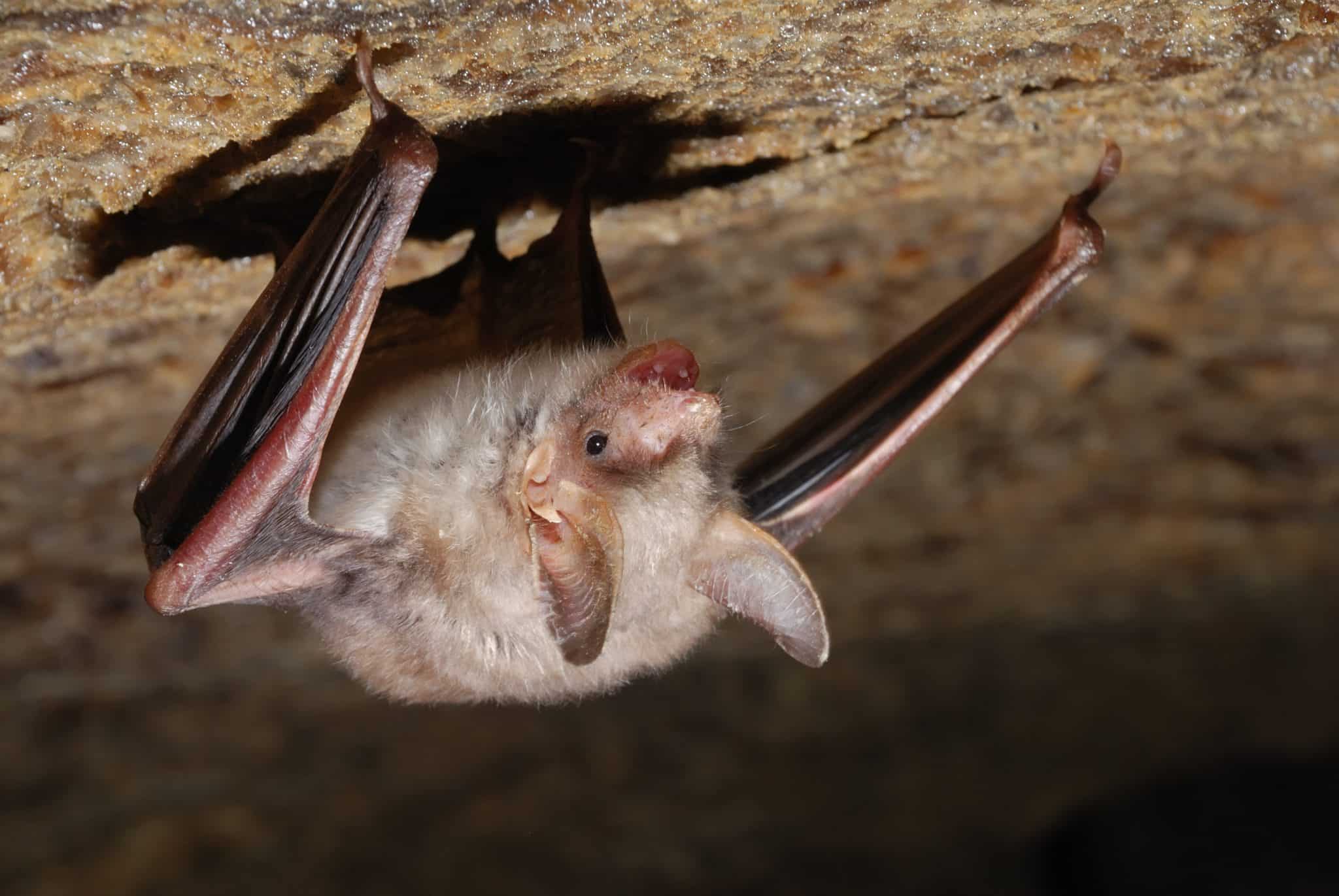
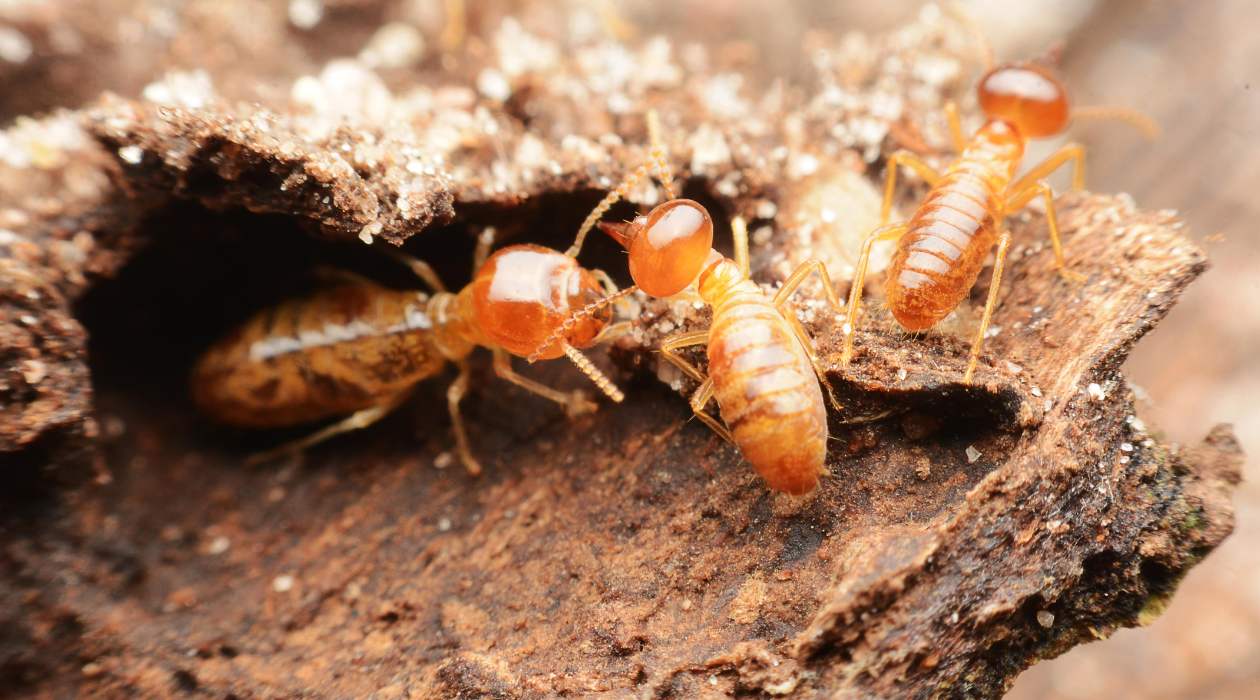
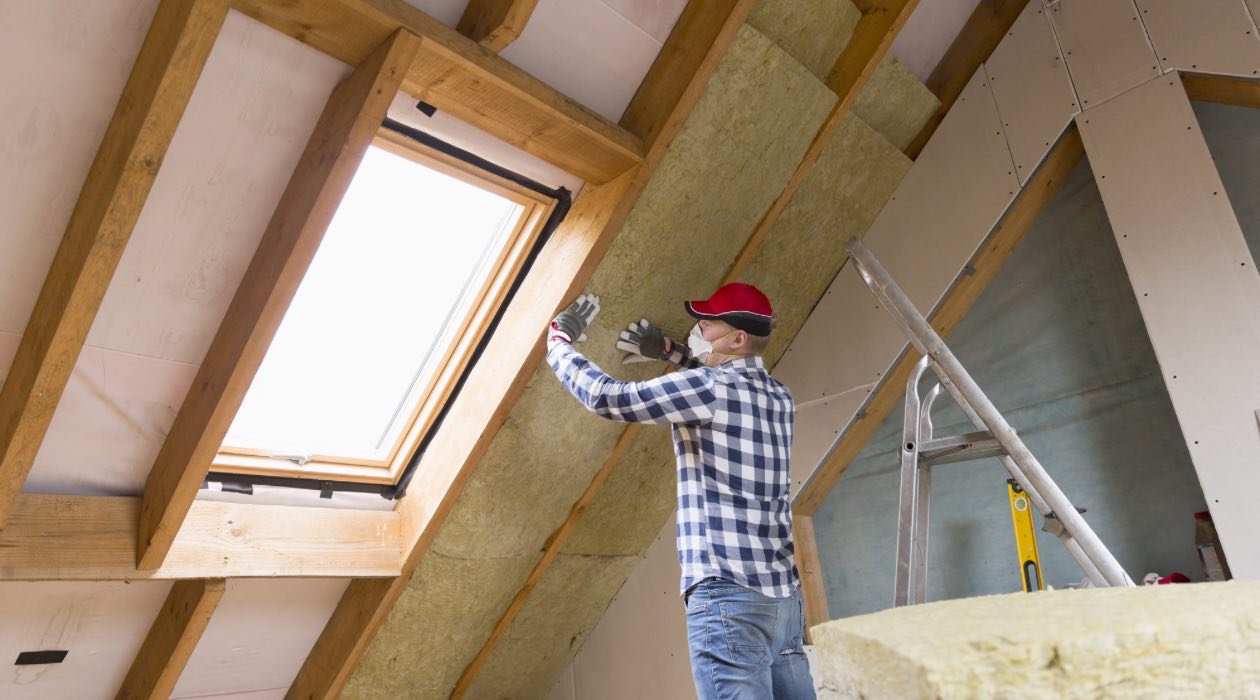
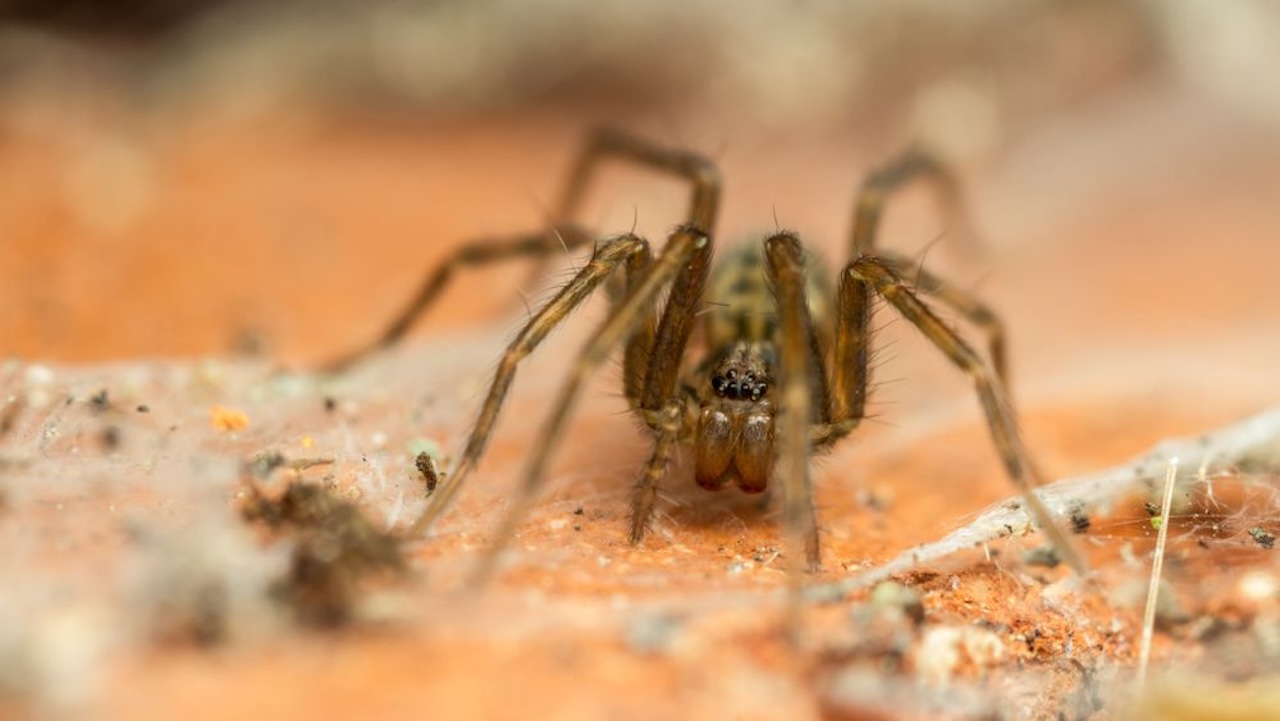
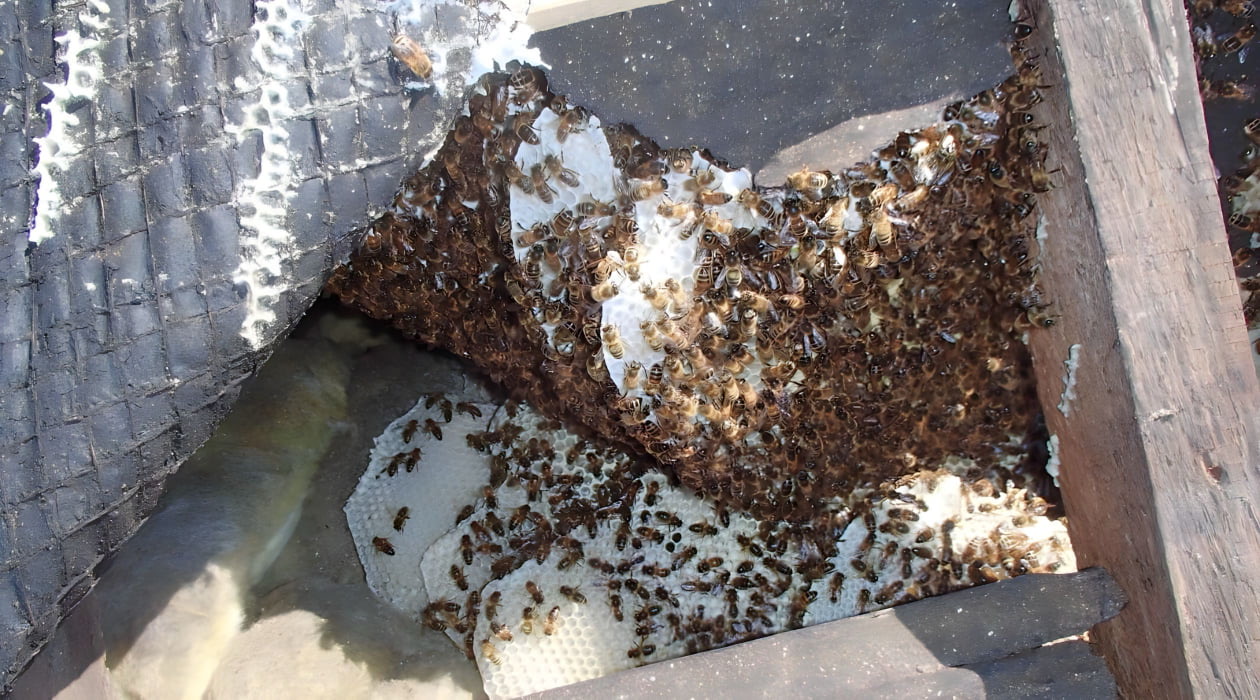

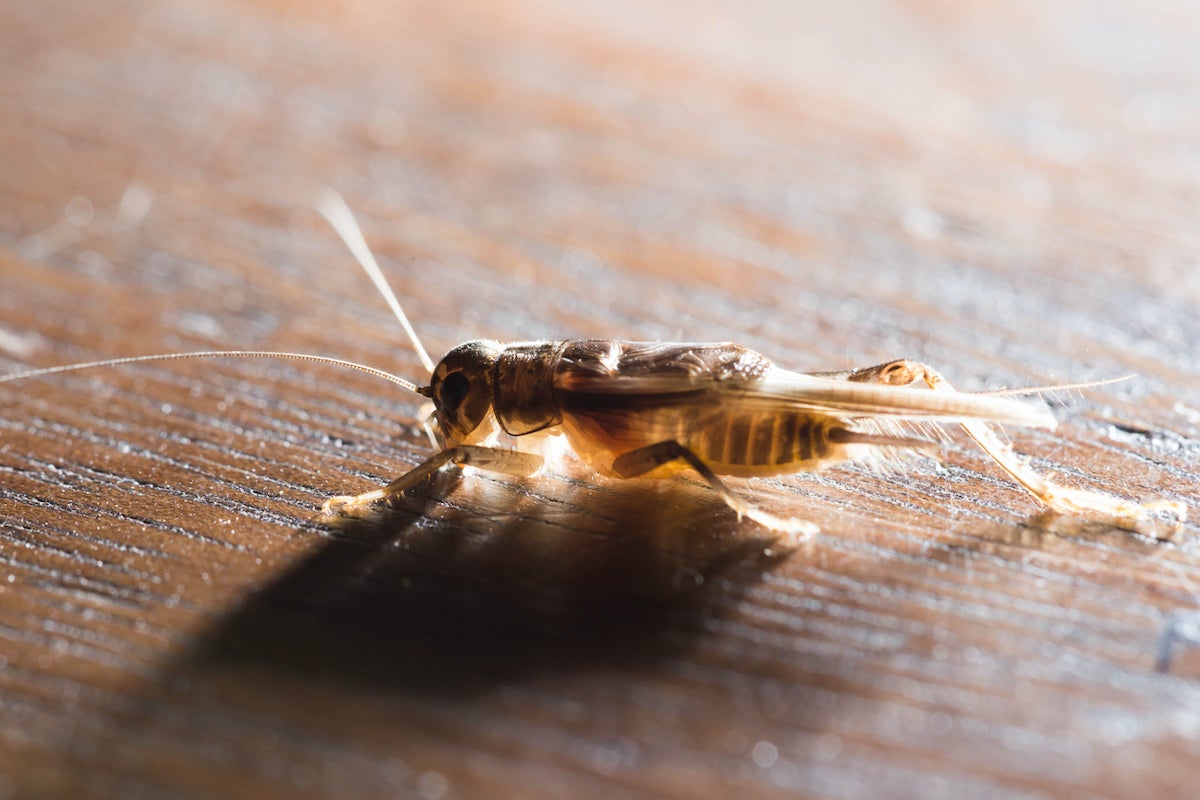
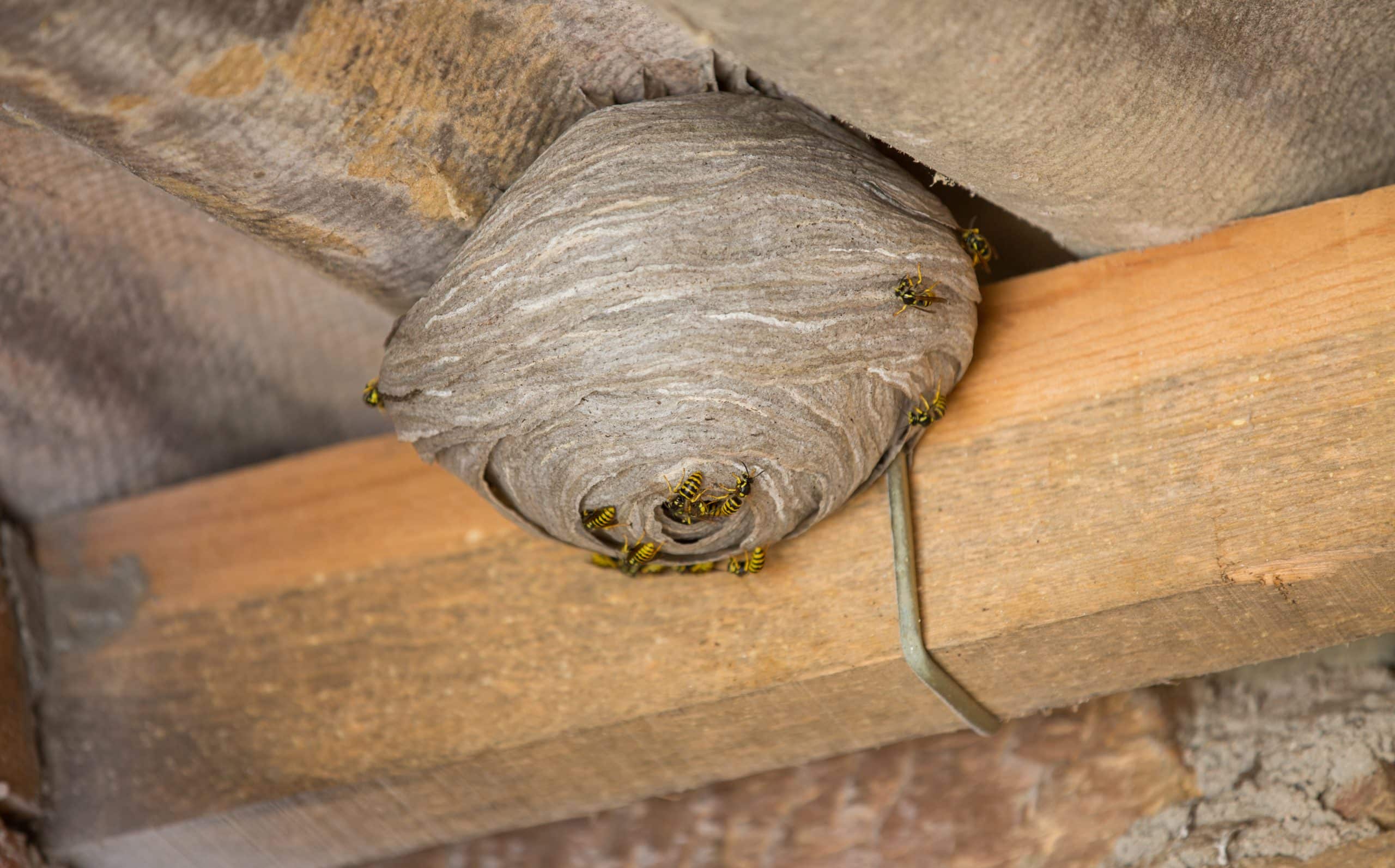
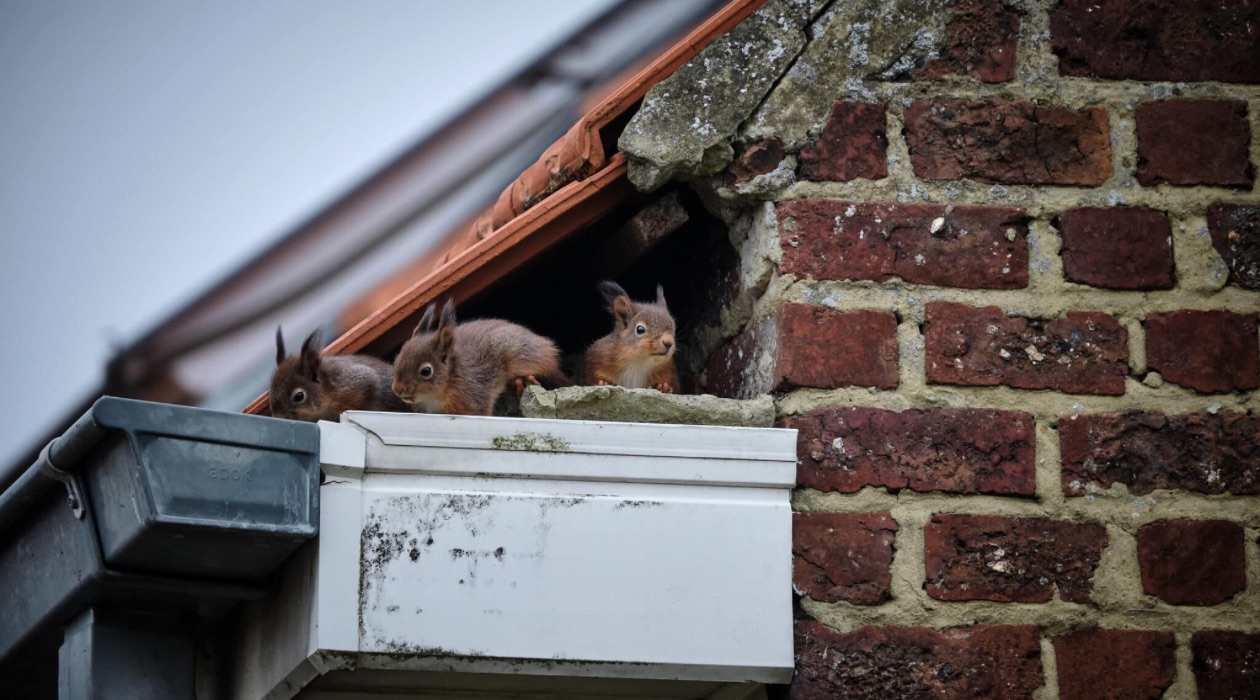
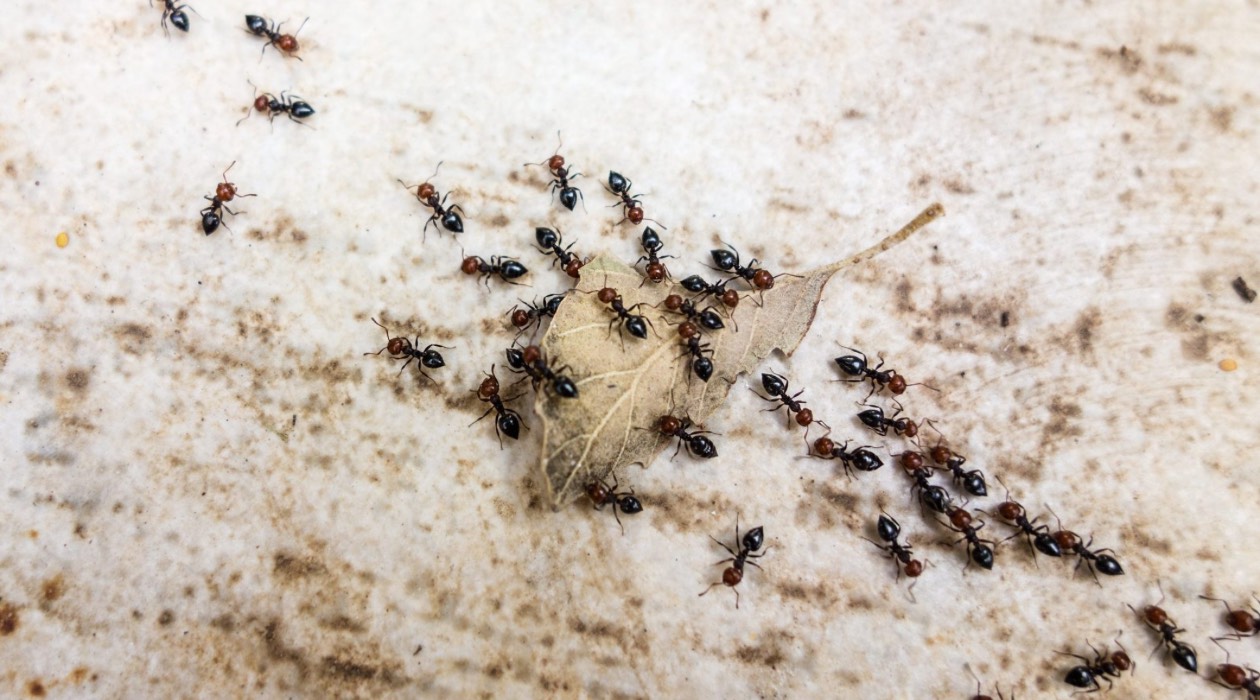
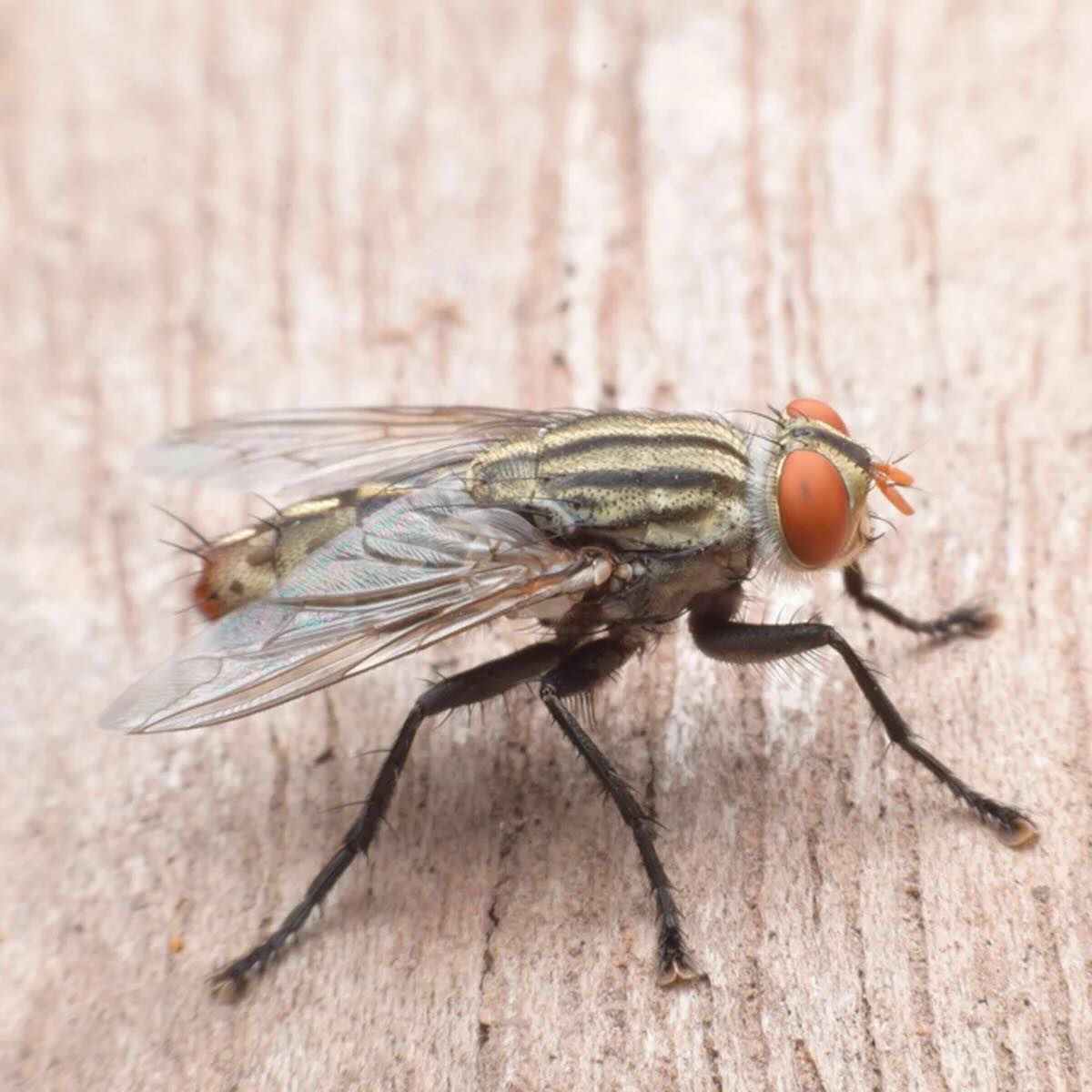
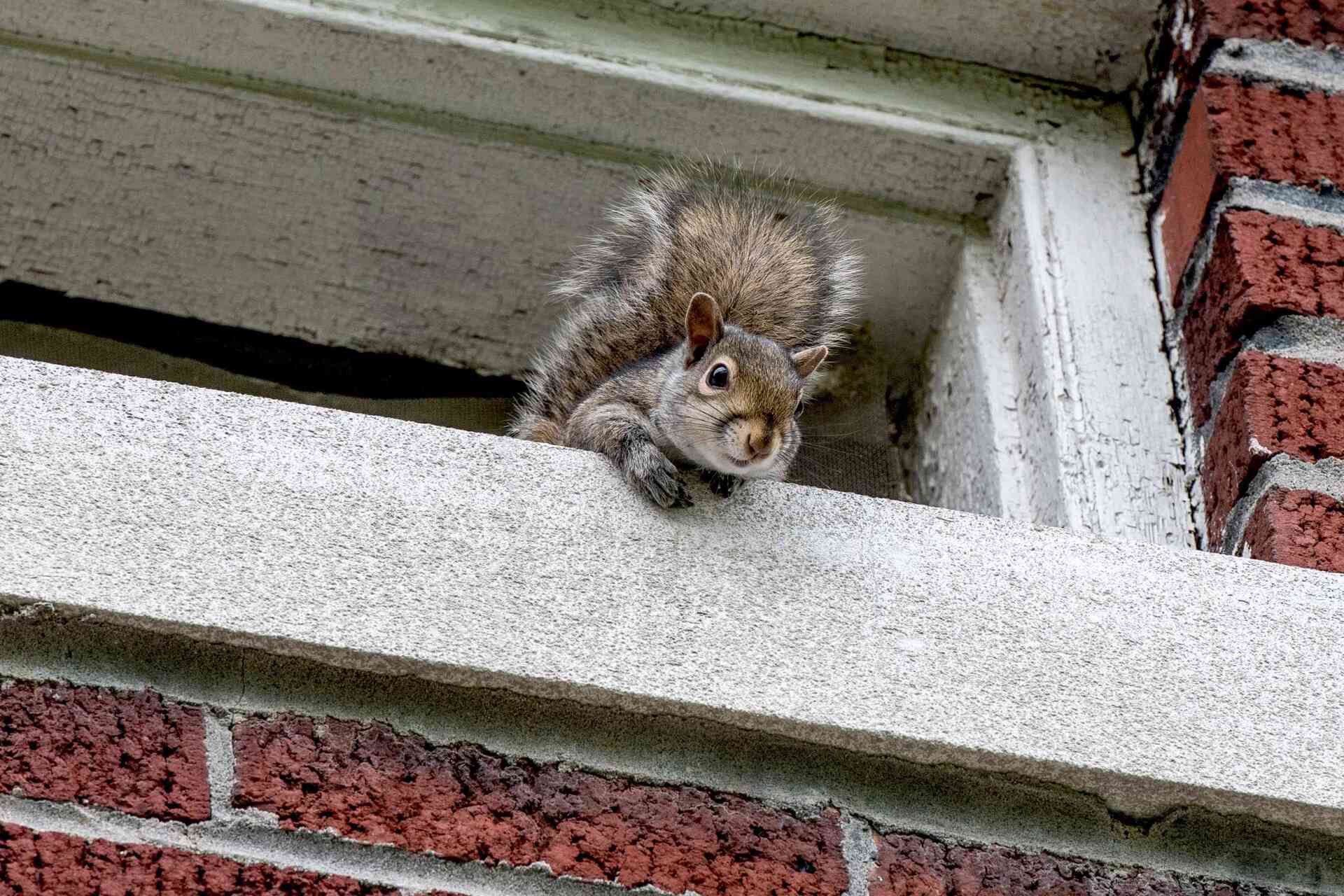
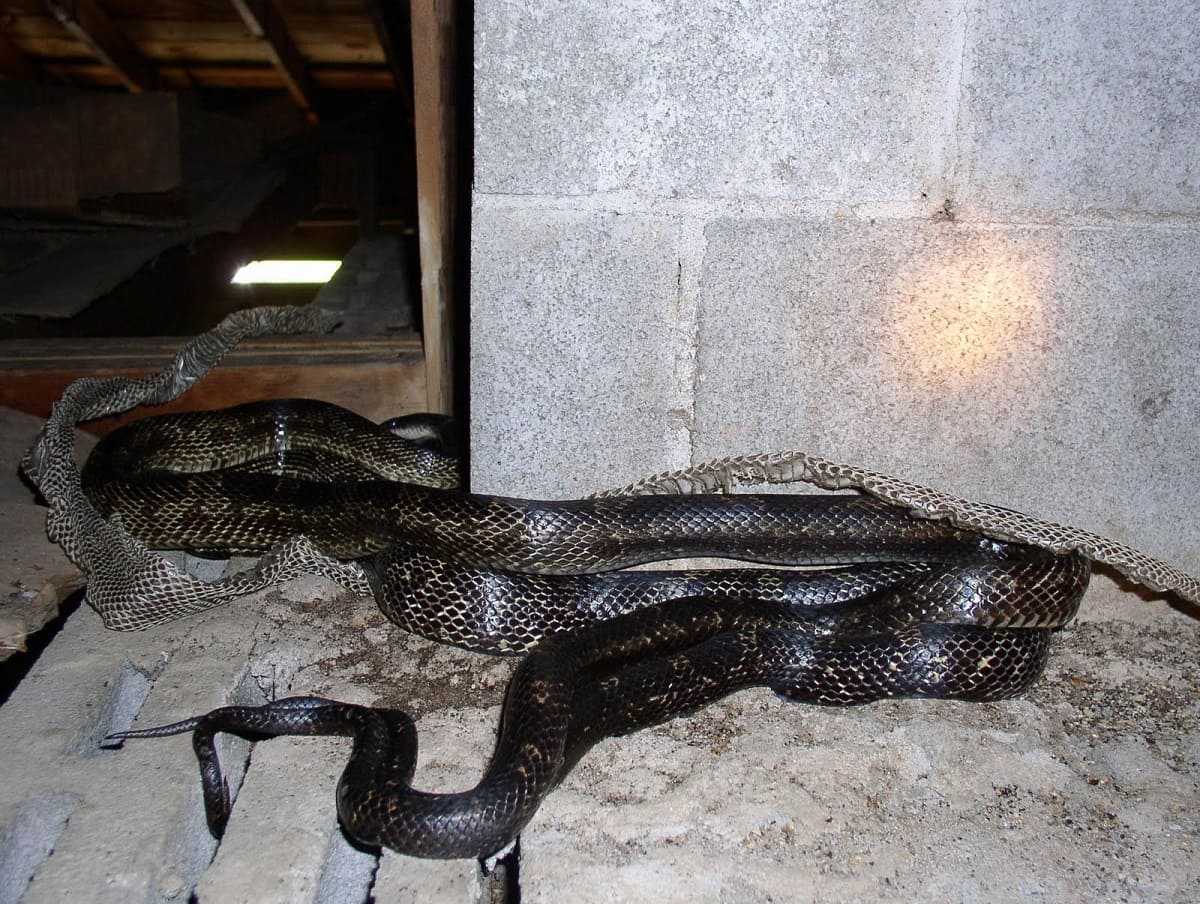

0 thoughts on “How To Get Rid Of Snakes In The Attic”